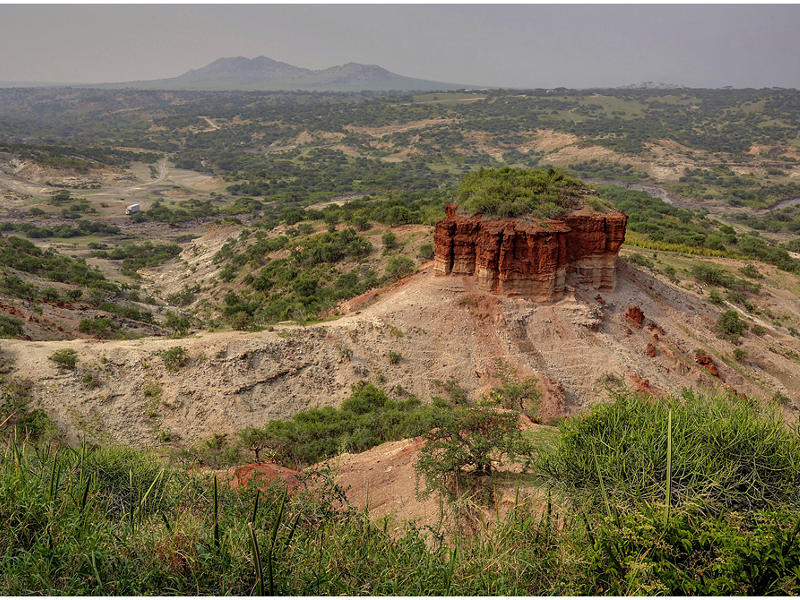The Wild Vibe of African Safaris


Over the last thirty years or so, it has become increasingly apparent that Africa is probably the “Cradle of Mankind”. From Africa, they spread out to populate the rest of the Earth. The remains of the earliest humans were found in Oldupai Gorge. Olduvai comes from the Maasai word for wild sisal, which grows in the Olduvai Gorge, 30 km from Ngorongoro Crater. Olduvai Gorge is a site in Tanzania that holds the earliest evidence of the existence of human ancestors. Paleoanthropologists have found hundreds of fossilized bones and stone tools in the area dating back millions of years, leading them to conclude that humans evolved in Africa. Immerse yourself in ancient history at the fascinating paleoanthropological site of Olduvai Gorge, one of the most important in the world. Set between the Ngorongoro Crater and the Serengeti National Park, the gorge makes a good stop if you’re travelling between the two, rewarding visitors with a presentation on its history, an excellent new museum, and beautiful views–as well as the possibility of visiting an active dig. Two million years ago, the landscape of Ngorongoro Conservation Area looked very different to how it does today. Ngorongoro itself would have been an active volcano, taller perhaps than Kilimanjaro is now, and the seasonally parched plains at its western base were partially submerged beneath a seasonal lake that formed an important watering hole for our hominid ancestors!